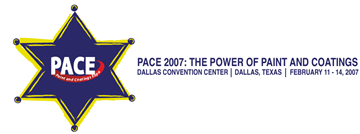Search
Individual Conference Papers
View as
Sort by
Display
per page
Performing Corrosion Risks Assessments of Nuclear Waste Process Tanks Containing Variable Waste Chemistries
Product Number:
51323-18878-SG
Publication Date:
2023
$20.00
Permeability: an in Depth Look at the ASTM’s When the Data can be Important, and When the Information is Irrelevant
Product Number:
51220-285-SG
Publication Date:
2020
$20.00
Permeation Testing under Tensile Loading Combined with FEM Modelling for the Study of Hydrogen Embrittlement of Tempered Martensitic Steels
Product Number:
51321-16331-SG
Publication Date:
2021
$20.00
Ph Measurement During Cathodic Protection And DC Interference
Product Number:
51321-16766-SG
Publication Date:
2021
$20.00
Phase Field Modeling Of Oxide Growth In An Aged Fe-Cr
Product Number:
ED22-17141-SG
Publication Date:
2022
$20.00
Phenylalanine derived Zwitterion as Green Corrosion Inhibitor for Mild Steel in 1M HCl: Electrochemical
Product Number:
51319-12800-SG
Publication Date:
2019
$20.00
PHMSA Regulation on HDD Coating and PRCI Guidance
Product Number:
51319-12904-SG
Publication Date:
2019
$20.00
Phone Right! How Outstanding Companies use Telephone Communication
Product Number:
41207-307-SG
Publication Date:
2007
$20.00
Phosphate Esters Inhibitors in Naphthenic Acid Corrosion – An Experimental Evaluation
Product Number:
51319-13491-SG
Publication Date:
2019
$20.00
Ph-Responsive Copolymers As Silica Scale Inhibitors
Product Number:
51322-17703-SG
Publication Date:
2022
$20.00












